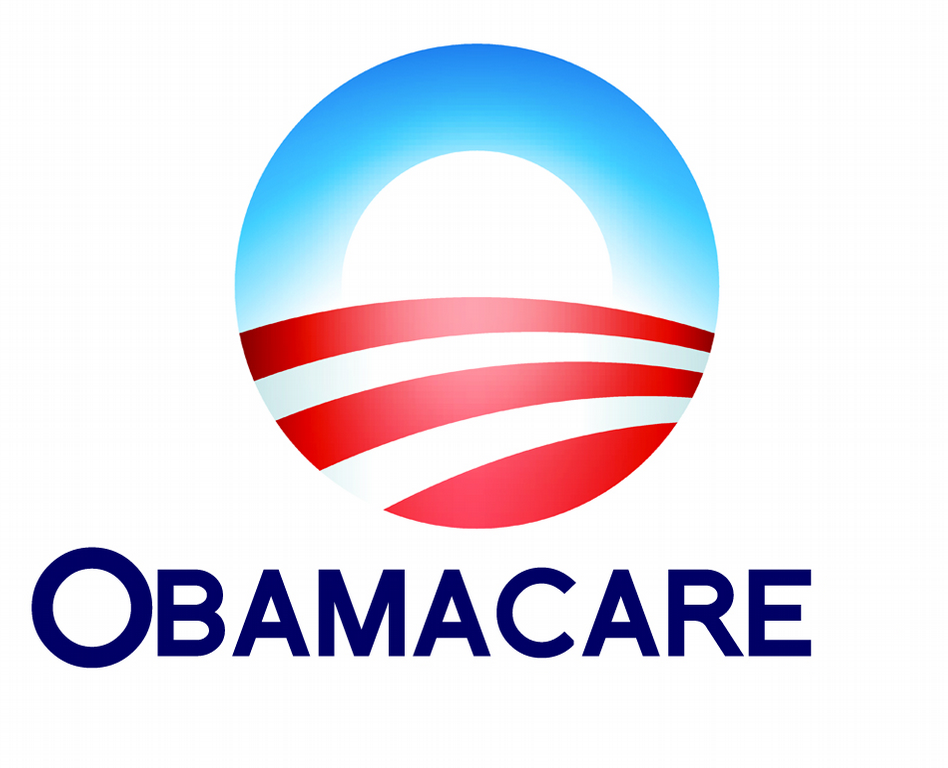-Small Group(SHOP) - Federally-facilitated small Business Health Option Program
The Patient Protection and Affordable Care Act (PPACA),commonly called the Affordable Care Act (ACA) or "Obamacare", is a United States federal statute signed into law by President Barack Obama on March 23, 2010. Together with the Health Care and Education Reconciliation Act, it represents the most significant regulatory overhaul of the U.S. healthcare system since the passage of Medicare and Medicaid in 1965.
The ACA was enacted with the goals of increasing the quality and affordability of health insurance, lowering the uninsured rate by expanding public and private insurance coverage, and reducing the costs of healthcare for individuals and the government. It introduced a number of mechanisms-including mandates, subsidies, and insurance exchanges-meant to increase coverage and affordability. The law also requires insurance companies to cover all applicants within new minimum standards and offer the same rates regardless of pre-existing conditions or sex. Additional reforms aimed to reduce costs and improve healthcare outcomes by shifting the system towards quality over quantity through increased competition, regulation, and incentives to streamline the delivery of healthcare.
SHOP Overview
In 2014, small businesses that offer coverage through a FF-SHOP will be able to offer their employees a single qualified health plan (QHP) option. The FF-SHOPs will provide the flexibility in the amount that members of the small group contribute towards the total premium.
To qualify for a SHOP, a business must:
-Be located in a SHOPs service area (generally a state)
-Offer coverage to all full-time employees (those working an average of 30 or more hours per week)
-Have at least one eligible employee on payroll
-Have 50 or fewer full-time equivalent (FTE) employees on payroll in 2014
-This methodology includes part-time employees, but not seasonal employees
(those working fewer than 120 days per year)
-While the FF-SHOP must determine eligibility using the definitions above, State-based SHOP
Marketplaces have flexibility in their counting approaches in 2014
Building Premiums in the SHOPs
Under the Affordable Care Act, premiums will be built differently than they have been in the past in many states. Under the Affordable Care Act:
-Individual premiums reflect age, geographic location, and tobacco use.
-The family premium is the sum of premiums attributable to each family member (with a limit on the number of rated children under age 21).
-Group premiums are built up from members of the group, and each group's rates will be based on the individual rates of its members.
Composite rates, based on an average characteristic of the group, such as the average age of the employees, will no longer be quoted by the health insurance issuer, unless required by a state. Employers may choose to use a "calculated composite premium" method to minimize the effect of the employee's age on the employee's contribution toward coverage.
Premium rates will not vary based on health status, gender, or claims experience. Rates for new and renewal coverage in the SHOPs may be adjusted quarterly. However, for a given employer, the same rates will be in effect throughout the employer's plan year (12 months).
Premium rates may vary by:
-Age: the ratio of the premium for someone age 64 or older to the premium for someone who is 21 cannot be more than 3:1
-Family composition, although there is a limit on the number of rated children under age 21
-Geographic area: primary location of employer
-Tobacco use: a surcharge may be applied to individual enrollees, but cannot equal more that 1.5 times the non-tobacco user's rate and must be offered with a wellness program that enrollees can participate in to remove the surcharge
Qualified Health Plans and Employer Contributions: How Will Employee Contributions be Calculated?
Beginning in 2014, employers will decide on a QHP to offer their employees, what percentage of the cost of the QHP to contribute towards employee premiums, and how employees will pay a share of the premium.
Employers in most states will have a choice about how employees will contribute toward health insurance.
Employers can choose to vary each employee's premium by age (refered to as "list billing"). or use the traditional method of charging the same amount for all employees for the same coverage.
-One advantage of list billing is that younger employees are able to afford coverage because both the premium and the employee's percentage contribution toward that premium are lower than they would have been if all employees contribute the same amount for the reference plan. This inducement to encourage participation by younger employees will make it easier for employers to meet SHOP's minimum participation requirement. Of course, list billing also means that older employees will contribute a larger amount for their coverage.
-An employer can also decide that all employees will contribute the same amount toward the cost of a reference plan. This is a variation on composite premiums, referred to as "calculated composite premium". The FF-SHOP website will automatically calculate an average premium for employees. Each employee pays a uniform amount of those average premiums. Premiums for adult dependents and children will always reflect a per-member calculated rate and will not be averaged.
Wellness Programs
Participation in wellness programs can reduce premiums for individual enrollees.
For example, on of Tony's cooks is a smoker. Health insurance companies will be able to apply a surcharge to the cook's premium, but that surcharge may be eliminated if the cook participates in a wellness program.



